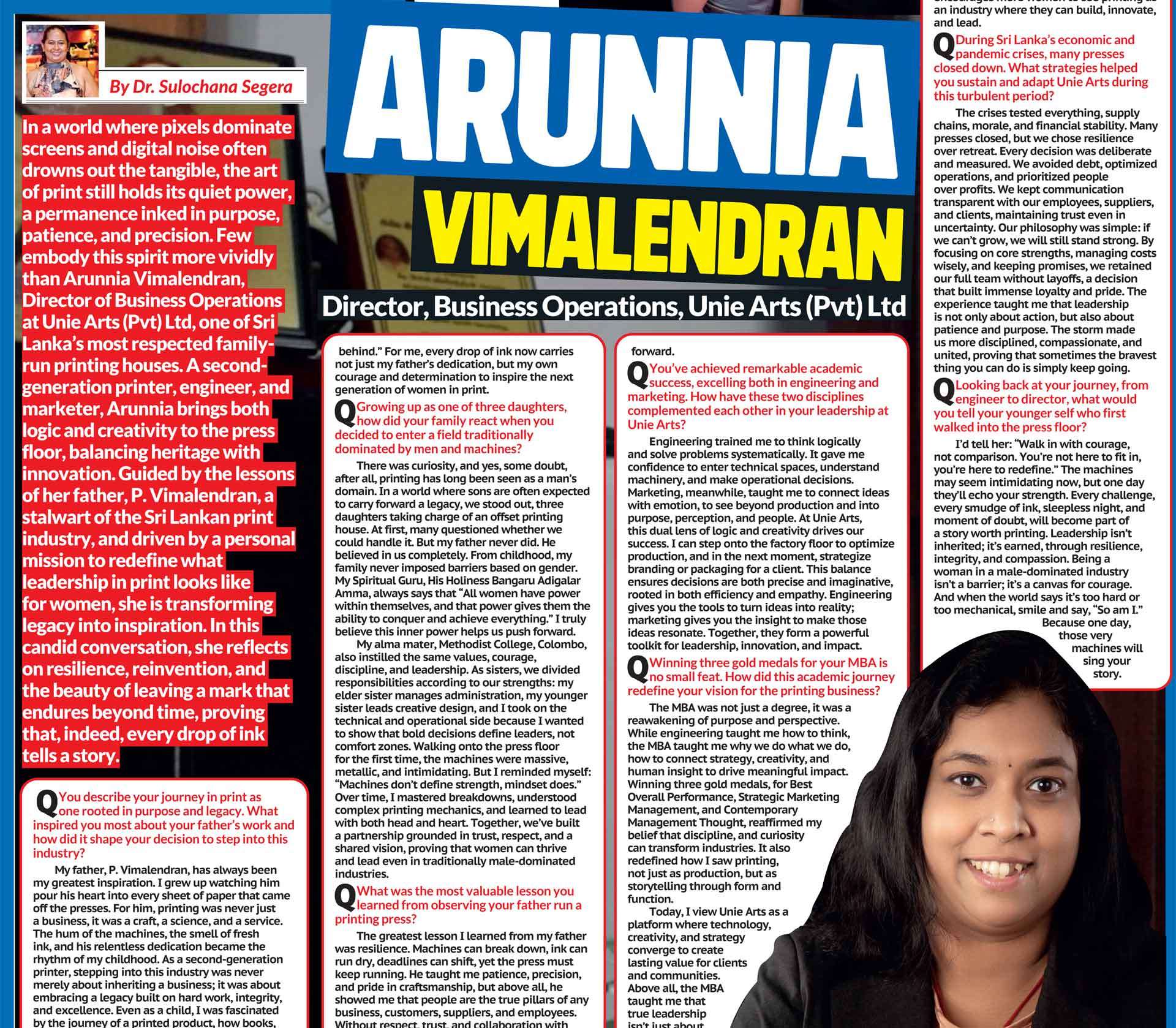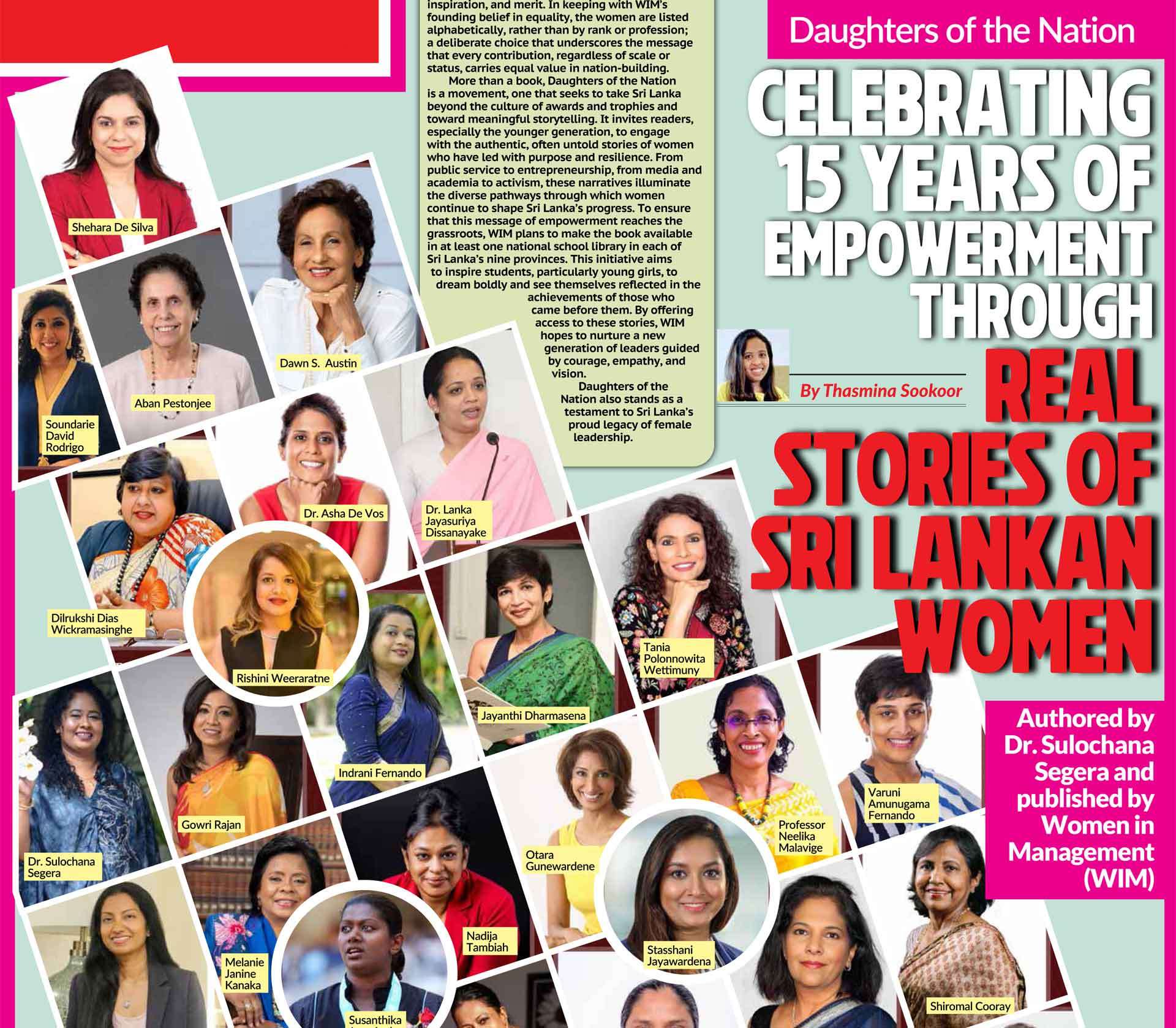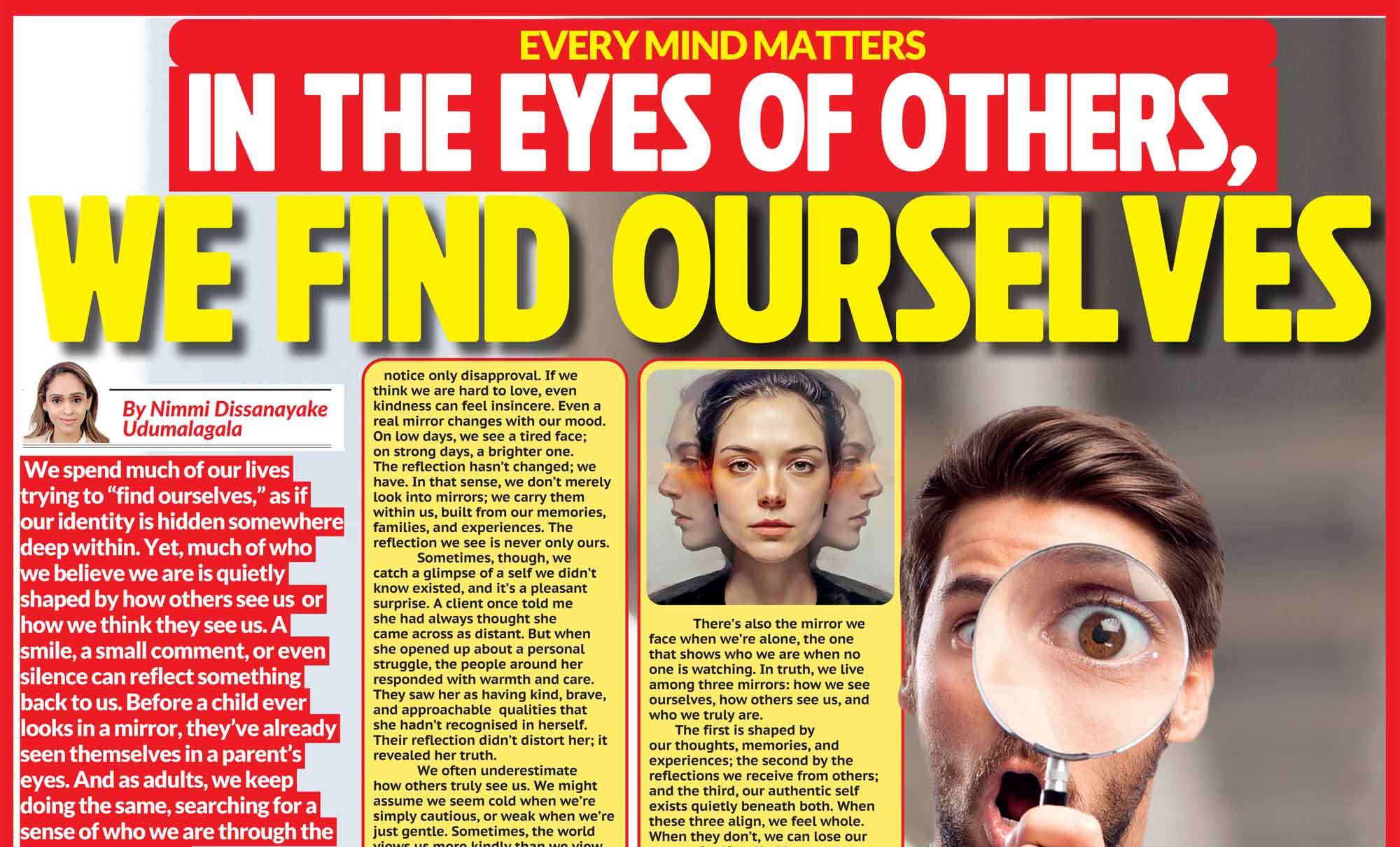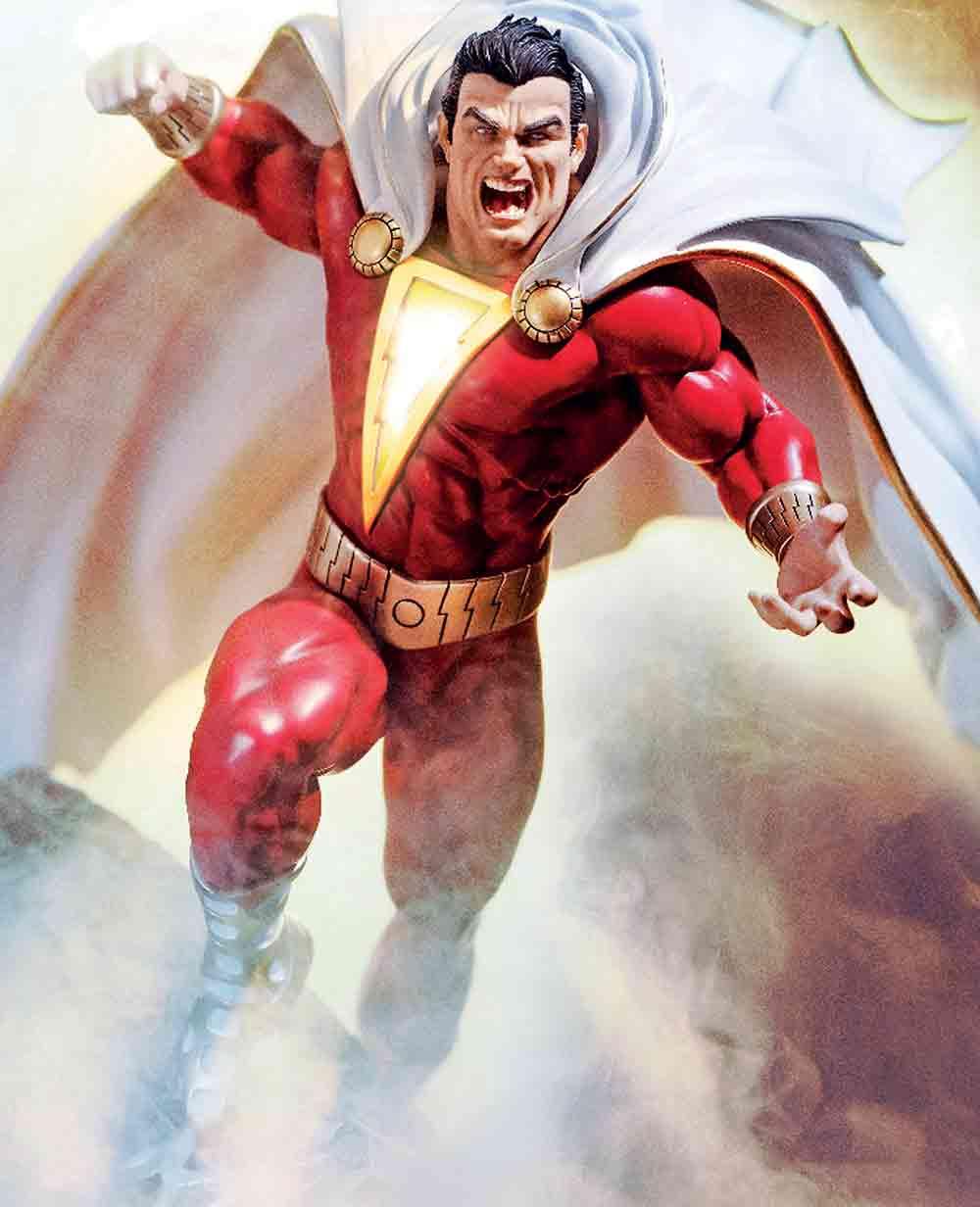
On the 2nd and 3rd of August, the Harold Peiris Gallery in Colombo 7 will host Excelsior, Sri Lanka’s first-ever photographic exhibition dedicated to pop culture archetypes. Curated and created by a group of local collectors, geeks, and artists, Excelsior is not your typical art exhibition. Contrary to the usual fare that is served up at local exhibitions, Excelsior features neither landscapes nor heritage ruins nor wildlife. Rather, it turns its lens on superheroes and fantasy icons. Not through the usual fan art or cosplay, but through meticulously staged and photographed collectible figurines that blur the line between fiction and memory.
 The exact characters featured remain under wraps with the contributors annoyingly (but understandably) keeping the final list a secret until the doors open on the 2nd. We have been told though to expect a dynamic mix of comic book icons, video game characters, and cinematic figures. And knowing not only the geeks involved, but also that the exhibition’s title is a direct nod to Stan Lee’s iconic sign-off “Excelsior!” (not exactly rocket science!), we can make a few educated guesses and assume that the likes of Superman, He-Man, The Phantom, and Wolverine will be in the mix. But so might characters from darker, more complex storylines (heroes and anti-heroes alike) drawn from the collective imagination of the 70s, 80s and 90s.
The exact characters featured remain under wraps with the contributors annoyingly (but understandably) keeping the final list a secret until the doors open on the 2nd. We have been told though to expect a dynamic mix of comic book icons, video game characters, and cinematic figures. And knowing not only the geeks involved, but also that the exhibition’s title is a direct nod to Stan Lee’s iconic sign-off “Excelsior!” (not exactly rocket science!), we can make a few educated guesses and assume that the likes of Superman, He-Man, The Phantom, and Wolverine will be in the mix. But so might characters from darker, more complex storylines (heroes and anti-heroes alike) drawn from the collective imagination of the 70s, 80s and 90s.
But the real story here is not about which characters made it on to the walls of the gallery. Rather, it is about why they have been featured at all.
Compare this with today’s culture, where attention spans are short and consumer tastes are curated by trends. It is increasingly rare to find a teenager who invests in a long-term hobby outside the digital world. There is nothing wrong with change, but something has been lost over time.
The archetypes we once lived by
Excelsior is not a commercial exhibition (entrance is free, by the way!). Neither is it a fan expo. Rather, Excelsior is a labour of love, one driven by passion, memory, and cultural commentary. It is the work of Sri Lankan collectors and enthusiasts, Aman Ashraff, Tai Hsin Shiek, and Ushan Gunasekera, whose childhoods were shaped by comic books, long before the internet came along. Post-production was handled by Sanjaya Kumar, who helped transform their photographs into dynamic and dramatic creations.
The result? A visual record of how an entire generation once learned about courage, justice, and sacrifice not through textbooks or sermons, but through archetypes - masked vigilantes, lone warriors, misunderstood mutants, reluctant leaders. These figures taught children what it meant to stand up, to fall short, to try again. They were not perfect. But they were consistent. In a world that often felt confusing, they gave structure to a child’s moral universe.
There was no algorithm curating content back then. No instant access to backstories or film adaptations. You read a single comic (often incomplete!), and had to imagine the rest. And that is where the magic (and the imagination) was created!

When hobbies were serious things
The creators of Excelsior all belong to a generation that grew up in the 1980s and 90s - a time when hobbies were not fleeting distractions. They were identity-defining practices. Whether it was collecting stamps or Dinky Toys, trading comic books, or assembling model planes, these were acts of devotion, discipline and care. You waited months for a new issue. You saved your pocket money to buy a miniature car. You did not collect because it was cool. You collected because it meant something.
Compare this with today’s culture, where attention spans are short and consumer tastes are curated by trends. It is increasingly rare to find a teenager who invests in a long-term hobby outside the digital world. There is nothing wrong with change, but something has been lost over time. Something quiet, but vital. A sense of wonder. A tolerance for delay. An appreciation for craft.
There is a reason every civilisation had its own epics and heroes. Children need to believe in something bigger than themselves, even if it is fictional, in order to develop a moral compass.
What’s at stake here is not nostalgia
Excelsior is not a nostalgia project. It is a cultural provocation. It asks: What kind of stories are our children growing up with today? What kinds of symbols shape their sense of right and wrong? Do they even know what an archetype is?
Because when we stop teaching children to dream in heroic dimensions, we shrink the scale of their imagination. We tether their aspirations to likes and shares, instead of myth and meaning. We rob them of the psychological scaffolding that once helped young people build resilience, integrity, and purpose.
There is a reason every civilisation had its own epics and heroes. Children need to believe in something bigger than themselves, even if it is fictional, in order to develop a moral compass.
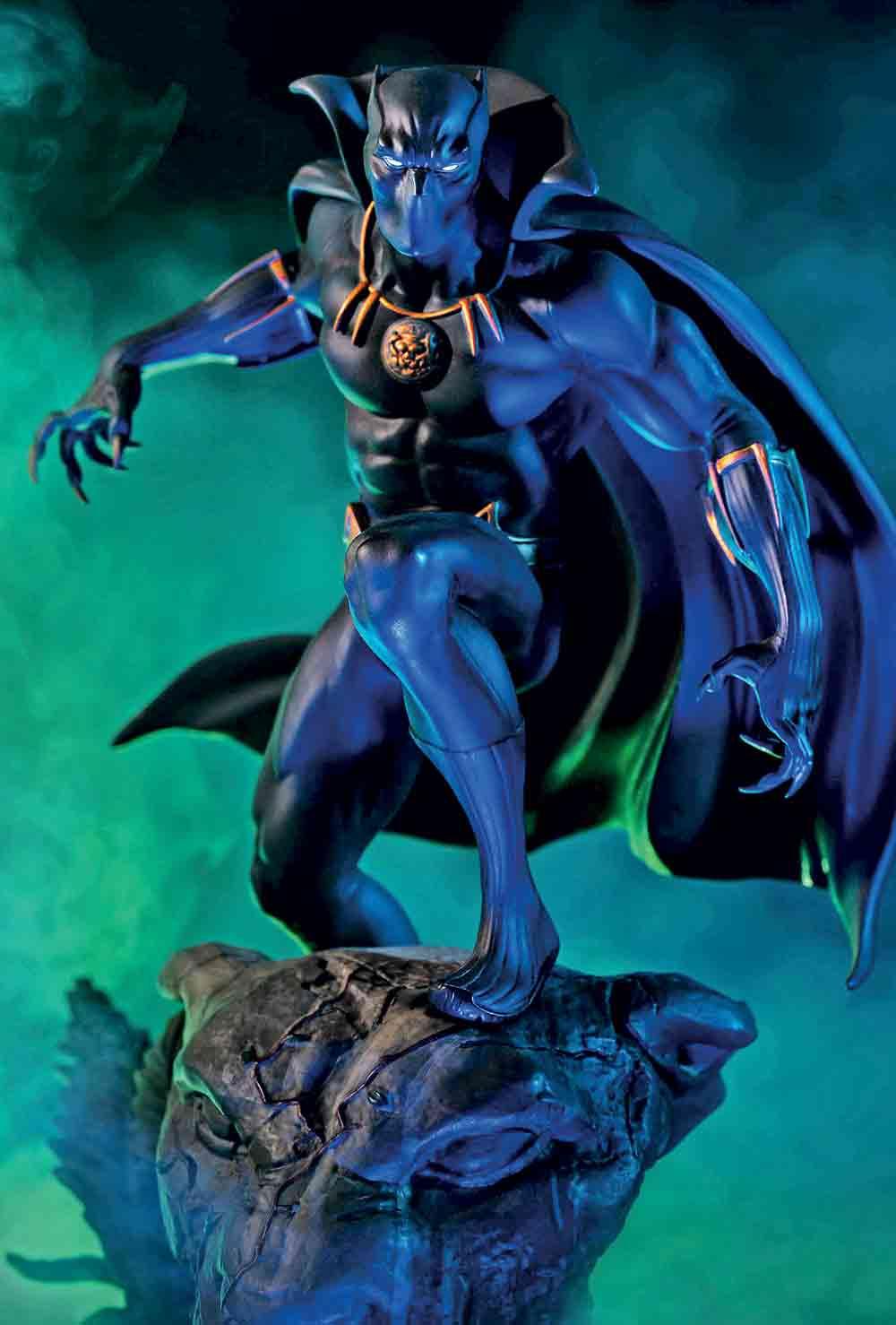
So should we go?
Definitely. Because we need to remind ourselves (and our children) of what it means to care deeply about something. To study it. To honour it. To build your own identity around it. Go to see how a plastic figurine, in the right hands, can become a work of emotional and cultural art. Go to be surprised by how much power lives in stillness. How much storytelling can exist in a single frame. Go because somewhere along the way, we have stopped considering the inner lives of our children. And maybe, just maybe, you will walk out remembering the version of yourself who once wore a cape, or carried a lightsabre, or stood a little taller because you believed in something greater than us all.


